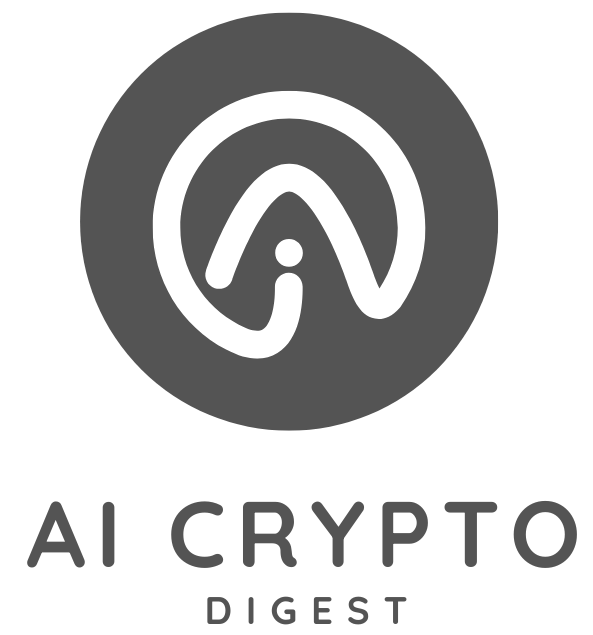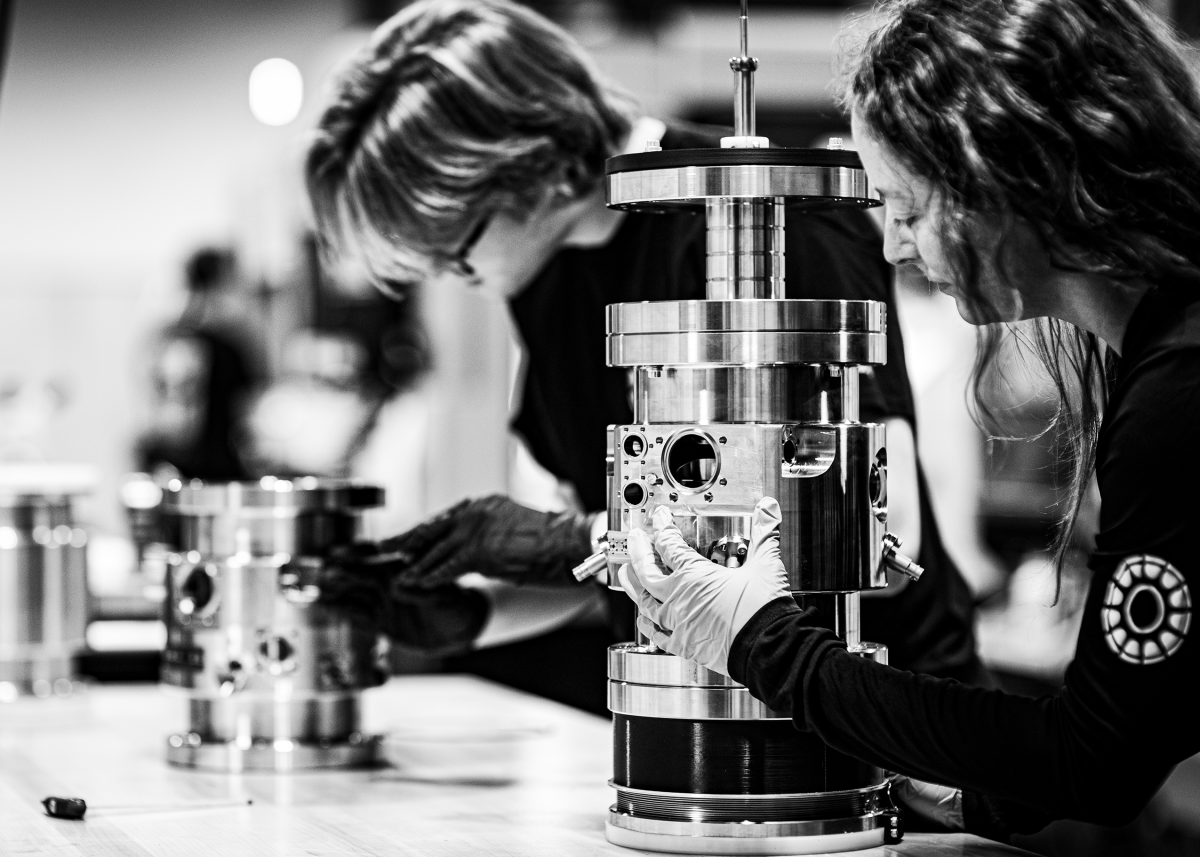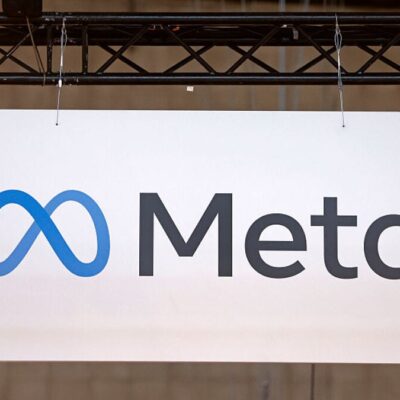For every technology, there comes a tipping point where it switches from theory to possibility. Robin Langtry believes that Avalanche Energy has reached that point.
Avalanche recently operated its desktop fusion machine for hours on end while maintaining 300,000 volts, a figure the startup predicts will allow it to build a reactor capable of generating more energy than it consumes, the holy grail for any fusion company.
Where other fusion companies need powerful magnets to generate energy, Avalanche’s design uses intense electrical currents to draw fast-moving ions into tight orbits around an electrode. As the density and speed of the ions rises, they begin to collide and fuse, releasing energy in the process.
“Getting to really high voltages is the key thing,” Langtry, Avalanche’s co-founder and CEO, told TechCrunch. And given that the company is building small reactors — targeting anywhere from 5 kilowatts to several hundred kilowatts — the density of that voltage, 6 million volts per meter, is important. “That’s the real unlock for us,” he said.
With that sort of force, Avalanche expects it will be able to generate a large number of neutrons at low cost, which can be used to make radioisotopes and to evaluate materials for use in fusion reactors.
The company was recently awarded $10 million from Washington State to build FusionWERX, a testing facility that other fusion companies and researchers can book time to study their own fusion technologies. Money for the grant comes from proceeds from the state’s carbon marketplace.
“You can test your hardware, and then you get to leave with full ownership of your IP at the end of the day,” Langtry said.
Techcrunch event
San Francisco
|
October 27-29, 2025
Sales of radioisotopes and rentals of the FusionWERX facility should make Avalanche profitable in 2028, he said. Langtry is forecasting that the company will generate $30 million to $50 million in revenue in 2029.
With a path to revenue, and having hit the 300,000-volt milestone, Avalanche is rumored to be raising a Series A round. Langtry wouldn’t comment specifically on the company’s fundraising activities, though he did say that it’s lining up the money needed to fulfill the 50% cost-match requirement of the Washington State grant.
“We’ve already got a pretty good chunk of it lined up,” he said. Raising money to launch FusionWERX is “goal number one right now,” he added. “Then all the other stuff is going to fall in place as those pieces start getting built.”





